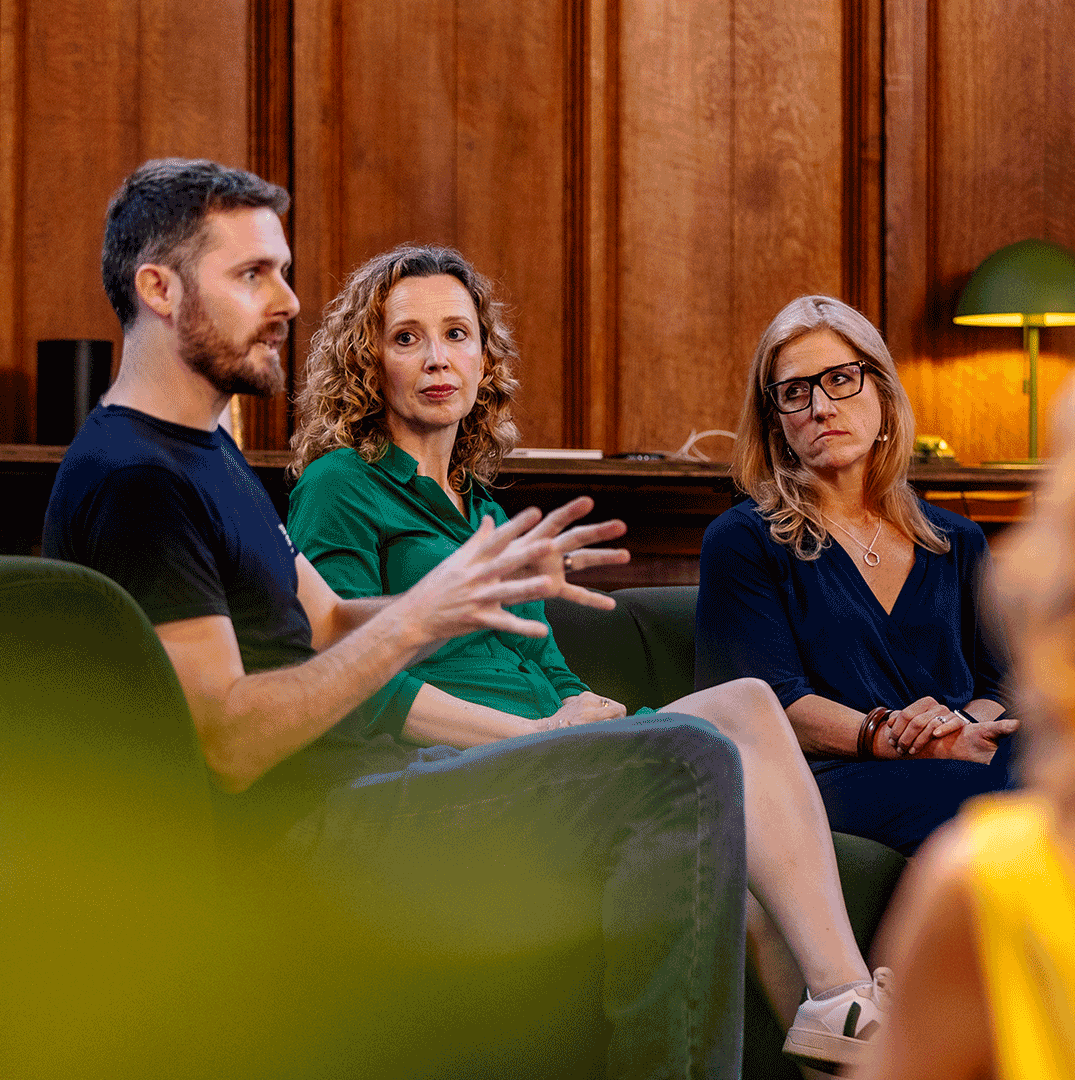

Centre • Bath
Breakfast
Talks
Socials
Run Club
Crafts
Music Events
Summer Party
For Hire
Breakfast
Talks
Socials
Run Club
Crafts
Music Events
Summer Party
For Hire
Breakfast
Talks
Socials
Run Club
Crafts
Music Events
Summer Party
For Hire
Breakfast
Talks
Socials
Run Club
Crafts
Music Events
Summer Party
For Hire
Breakfast
Talks
Socials
Run Club
Crafts
Music Events
Summer Party
For Hire
Breakfast
Talks
Socials
Run Club
Crafts
Music Events
Summer Party
For Hire

Introducing Rob Tyler and the Bristol Mograph team! Launched in 2017 – Bristol Mograph is a creative 3D animation studio spanning visual effects, TV commercials, motion graphics, projection mapping and events content. If that wasn’t plenty to keep them busy, the BM team recently launched their newest venture – Vero, a pioneering virtual production studio born out of a love of technical innovation and a background in traditional CGI rendering techniques.
They’re a super talented team of technical problem solvers, who help brands communicate their creative vision. Over the past few years they’ve had the pleasure of collaborating on some very exciting projects with the likes of Dyson, Intel, Thrudark and Hexr.
This week we caught up with founder, Rob Tyler, to find out what an average day looks like in the studio, what he enjoys most about the creative process and why he chose to base the team here at Gather Round.
Can you tell us what you do and what an average work day looks like?
We’re a creative studio focusing on motion, filmmaking, VFX and Virtual Production. There’s so much we get into across these areas; we’re building custom machines, exploring cutting edge film-making tech, rendering the insides of incredibly complex gadgets for our clients and on-set VFX supervising for TV commercials. We do many things!
How did you get into 3D animation and motion graphic design?
Like a lot of artists in their 30’s I was around before the 3D motion industry got started. Getting into it was a gradual thing, moving from 2D animation into compositing, building things in 3D, then motion and VFX following that.

Anything you and the team are working on at the moment that’s exciting you?
I think it’s healthy to always be looking at new stuff if you can. Our industry moves so fast, and right now it feels like we’re having a dream come true every few months with the new innovations in tech that are out there. We recently started getting into Virtual Production, the same kit and workflow which Disney used to create the latest Star Wars movie.
We’ve just launched Vero, our latest venture – looking to capitalise on our move into real-time graphics by linking up with cutting-edge hardware used in the film industry. For many years we’ve been working on VFX jobs in the traditional way, and Virtual Production turns all that on it’s head. Now, filmmakers and storytellers can see the effects work and set extensions in real-time, and talent can respond to an environment they can see rather than a greenscreen. It’s a refreshing and creatively empowering thing. And, for many who we’ve spoken to, it represents a dramatic shift in what’s possible on-set. We think VP is going to make a huge impact on filmmaking. It’s an exciting time.
What kit/tools can you not live without?
Cinema4D and Octane have been a staple here for a few years now, but the list of essentials is getting longer. We’re using Unreal Engine every day now, which has opened up a whole host of new possibilities.
What excites you most about the creative process?
I think combining learning with solving a creative problem. This year we’ve tackled so many; projection mapping, photogrammetry, procedural materials, camera tracking and even game engines. When you get to pick up a new workflow and have fun with it: that’s the best part for me!
If you could share just one piece of advice about running your own studio what would it be?
l’d say it’s important to realise the relationships you form with people can credit you far more than your work. And they might be your most valuable asset.

The relationships you form with people can credit you far more than your work. And they might be your most valuable asset.
Rob Tyler

With a thriving and active community of like-minded individuals, we’re more than just a place to work. Discover our private studios and shared spaces in Bristol and Bath

Our unique and varied spaces in Bristol and Bath cater for keynotes, networking, workshops, rehearsals and much more.
Find out more
Your specialist delivery avian is now in transit. We’ll be in touch when he reaches us.